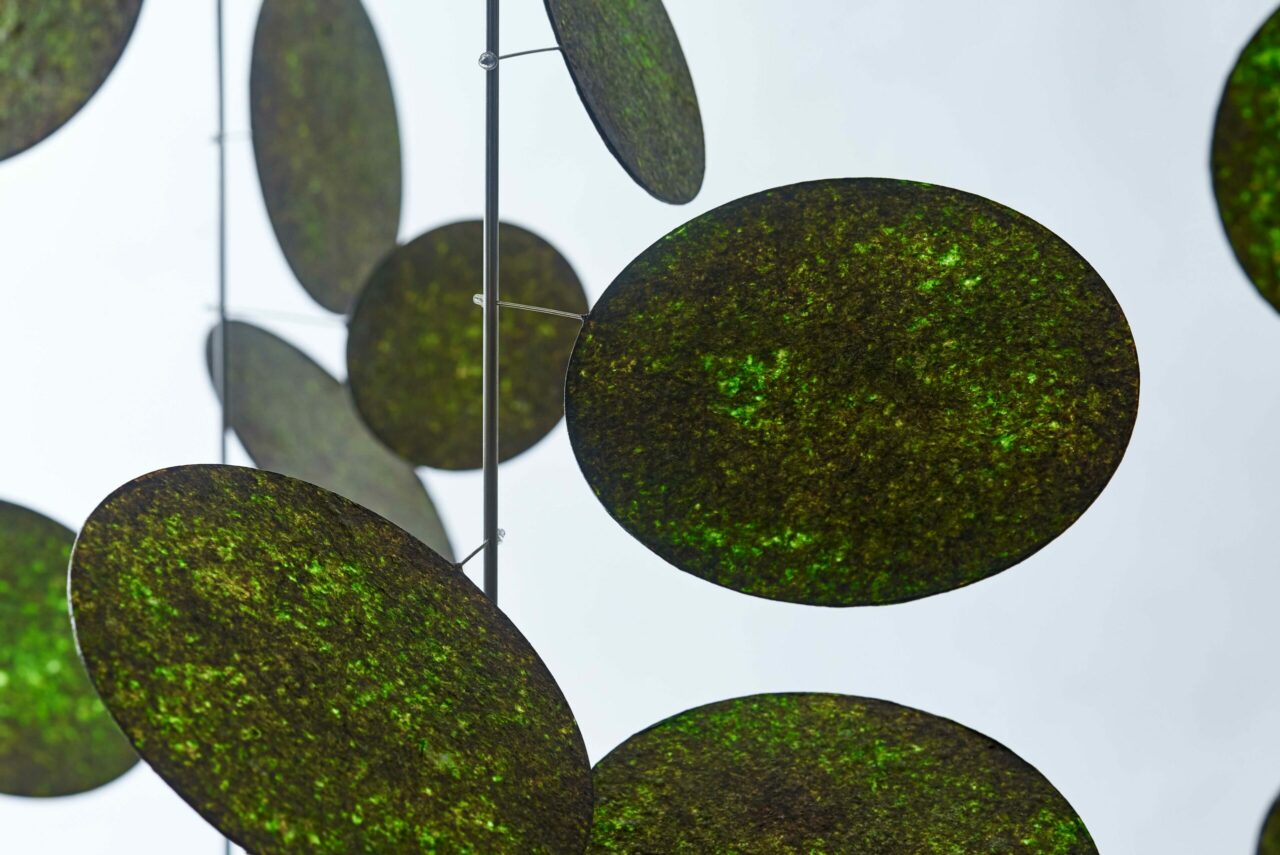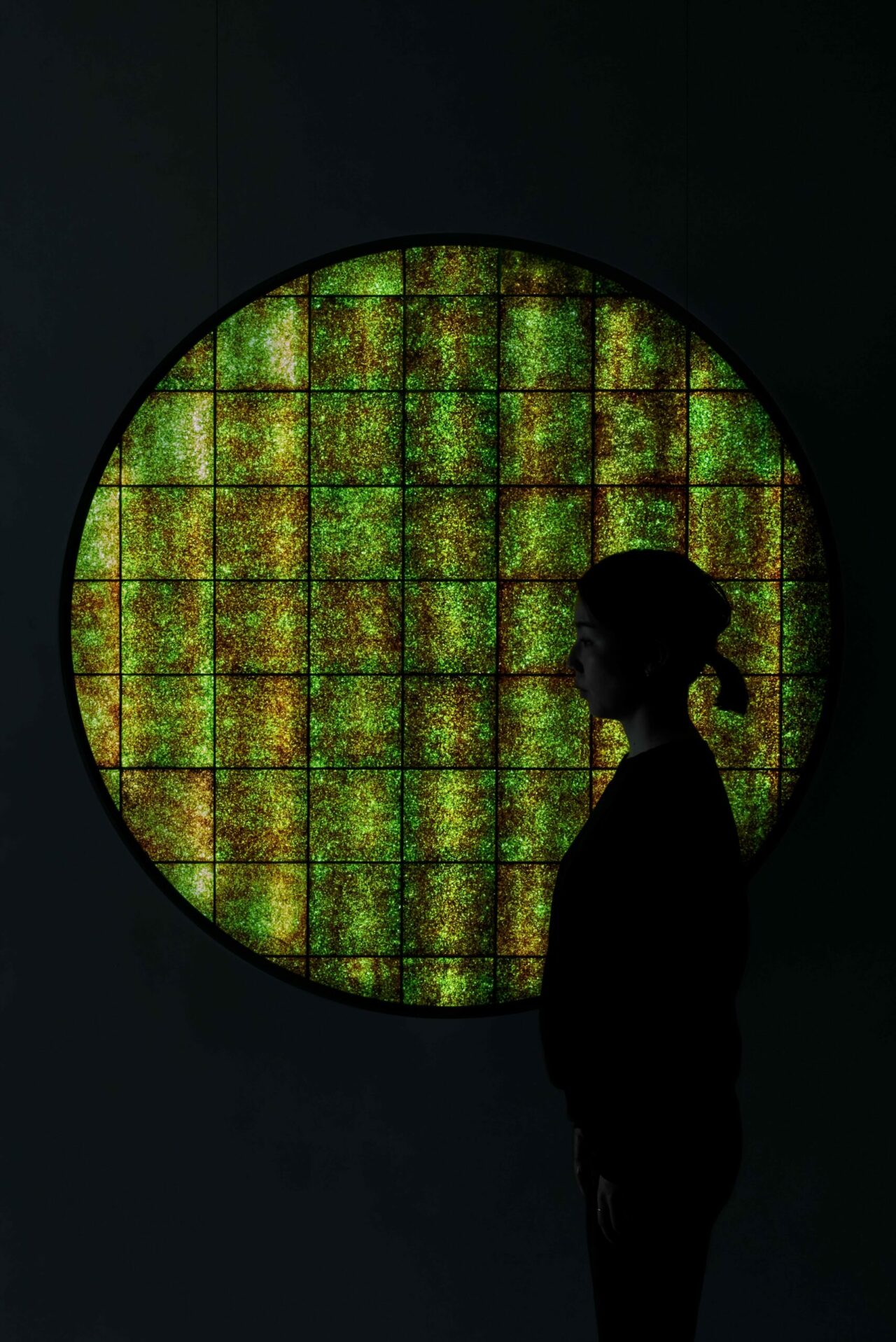LESS, LIGHT, LOCAL
A Tokyo-Based Studio Reimagining The Design Potential Of Japanese Seaweed

How can design provide solutions for sustainability issues whilst also being aesthetically pleasing? As often the case with non-virgin materials, the properties of repurposed and recycled materials can fluctuate in consistencies of colour and form, making it challenging to create a desirable product. As designers anticipate the uncontrollable phenomena of the unexpected results that they produce, this is exactly what makes the eventuating product so unique — creating an innovative reflection of contemporary solutions for the future of design.
For Tokyo-based design studio we+, led by Hokuto Ando and Toshiya Hayashi, their latest project aims to reimagine the potential and future of seaweed. Specifically, through focussing on the production and wastage of Japanese seaweed sheets known as ita-nori. As the world’s largest consumer of seaweed, Japan produces various types of edible seaweed, one being ita-nori, an unseasoned, dried seaweed sheet used with onigiri rice balls, sushi or traditional Japanese dishes. Produced in vast quantities both for local consumption and export, we+ explain that it is a ‘unique processed product with a deep connection to traditional Japanese craftsmanship, said to have been invented during the Edo period and derived from Japanese handmade paper-making techniques.’
Yet due to environmental issues, vast quantities produced are inedible and reluctantly discarded. we+ details, ‘…In recent years, rising water temperatures due to climate change and changes in ocean currents and ecosystems have led to numerous seaweeds growing wilted and lacking in nutrients. Many of these seaweeds are not edible for human consumption and commercial use, leading to their combustion and wastage.’
In collaboration with ARAKAWA GRIP from Arakawa & Co., a Japanese cutting-edge wire system commonly used in museums, galleries and art institutions, we+’s solutions for the discarded material results in designs presented with the ARAKAWA GRIP hanging system as suspended sculptural works that change in dimensionality through their varying densities and natural light. Through extensive research and trial and error, we+’s solution for the unconventional design material creates stunning works that have great potential for use within restaurants or interiors within both the art and gastronomic industries.

Initially presented during Milan Design Week 2023, Tokyo-based Champ Editor Joanna Kawecki caught up with we+ co-founder Toshiya Hayashi on their design and its extensive research during their second installation in TIERS GALLERY in Omotesando, Tokyo.
Joanna: How long was the research process for this project?
Toshiya: It took about one and a half years from researching ITA NORI (Japanese seaweed sheets) to the ‘Less, Light, Local exhibition’. We had been researching marine materials and marine product processing for three years.

Ita-nori Japanese seaweed sheets were inspired by the production method of handmade Japanese washi paper, can you please explain more about this?
During the Edo period (1603-1868), seaweed cultivation began in Tokyo Bay, mainly in Shinagawa and Omori areas. In the middle of the Edo period, the square ITA NORI was appeared, which was scooped with ’Sunoko’ (made of pieces of split bamboo or reeds tied together). Some believe that this method used the washi (Japanese paper) production method.

Considering Japan’s large seaweed production, how important is a project like this in regards to reimagining this future waste?
The expansion of new ways to use discarded ITA NORI is likely to increase interest in the use of other currently discarded marine resources. Also, Japan has a wide variety of seafood processing techniques, which could be utilised in other materials.

Through this project, what else surprised you about nori Japanese seaweed as a potential design material?
The different look and colour of every piece.
The richness of expression when the light passes through it.
The fragrance.
It’s sheet-like and lightweight qualities.

In what other ways would you like to explore, or see nori Japanese seaweed used in design?
As a building material for restaurants and other public spaces, or entrance art for aquariums.

Text: Joanna Kawecki
Photography: Masayuki Hayashi

































